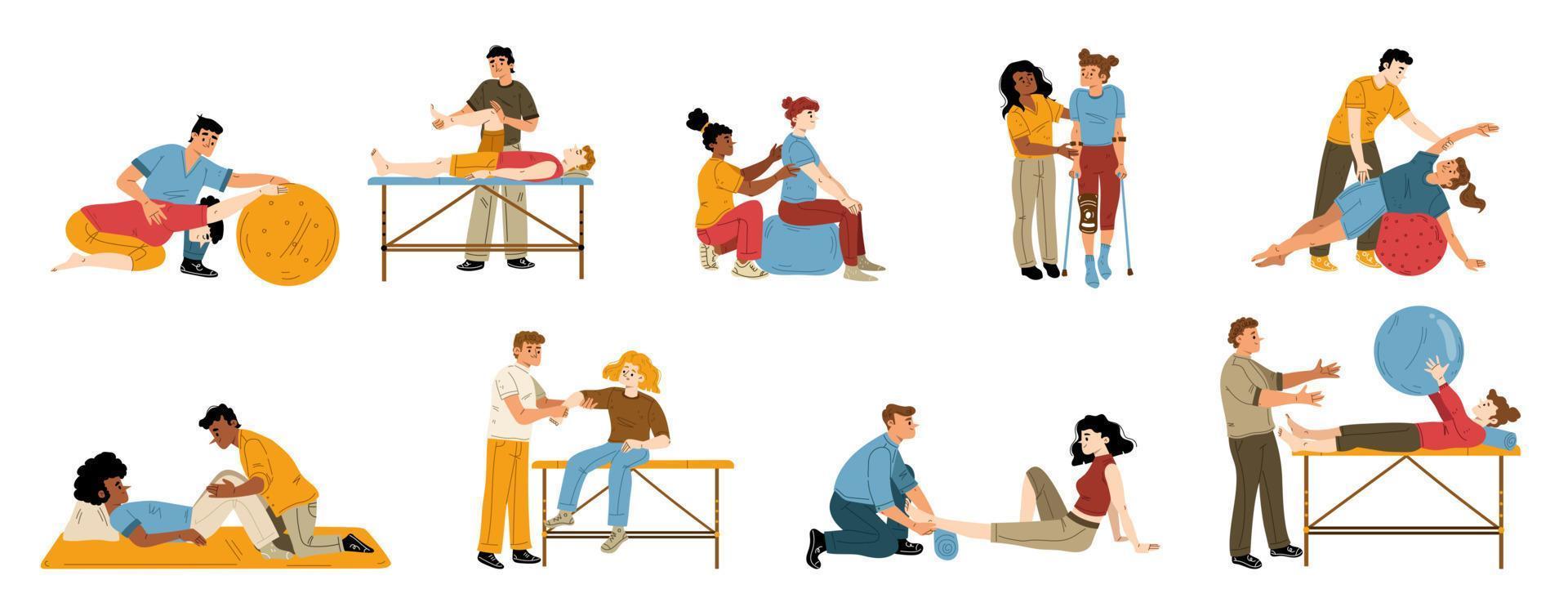Dyspnea, or difficulty breathing, is a common issue that many people face, especially those with chronic lung diseases, heart issues, or other health conditions. In rehabilitation therapy appointments, addressing dyspnea is essential for helping patients improve their overall quality of life. By utilizing specific methods and approaches, physical therapists can assist patients in managing their respiratory difficulties. Understanding these effective methods can enable both therapists and patients to work together more efficiently in addressing challenges related to dyspnea.
One of the primary methods used to alleviate dyspnea in physical therapy is the practice of controlled breathing activities. These activities often concentrate on diaphragmatic breathing, which promotes patients to use their diaphragm rather than their upper chest muscles when inhaling. This approach helps to increase lung volume and effectiveness. Additionally, pursed lip breathing is another technique that can be helpful. This method requires breathing in through the nose and breathing out slowly through pursed lips, which can help to keep airways clear longer and render breathing feel more manageable. By including these activities into therapy sessions, physical therapists can provide patients with tools to manage their dyspnea both during and beyond of their appointments.
Another important element of managing breathing difficulties in physical therapy is the creation of an personalized exercise program. Tailoring exercises to satisfy the specific needs and abilities of each patient is essential. Therapists should slowly introduce aerobic activities, such as ambulating or cycling, in a controlled manner, allowing patients to build their endurance over time. This incremental approach helps patients to feel more at ease with fitness activity while at the same time improving their lung capability and overall endurance. It is vital for therapists to monitor patients carefully during these activities to ensure they are not overworking themselves, which could result to increased shortness of breath.
Teaching also plays a significant role in alleviating dyspnea during physical therapy appointments. Providing patients with information about their ailment and the factors behind dyspnea can enable them to take charge of their health. Therapists can explain how factors like anxiety, posture, and environmental conditions can affect breathing. By understanding these concepts, patients can learn to control their issues more effectively. Techniques such as anxiety reduction strategies and proper body posture can additionally assist in minimizing the impact of breathing difficulties during routine activities and therapy appointments.
In conclusion, successfully alleviating breathing difficulties in physical therapy appointments involves a mix of breathing activities, individualized exercise programs, and patient education. By applying these efficient methods, physical therapists can help patients control their respiratory difficulties and improve their overall well-being. Working together between therapists and patients is crucial to create tailored interventions that address individual needs. With the appropriate support and methods, patients can experience relief from dyspnea check this link right here and engage more completely in their physical therapy journey, ultimately leading to a better standard of life.

Comments on “Efficient Methods for Alleviating Breathlessness in Physical Rehabilitation Sessions”